NASA's newly unfurled solar sail has started 'tumbling' end-over-end in orbit, surprising observations show
A NASA spacecraft erected a large, foil solar sail in orbit around Earth last week, after a failed attempt days earlier. However, subsequent observations of the spacecraft show it is "tumbling or wobbling" through space, which may have also impacted its trajectory around our planet.
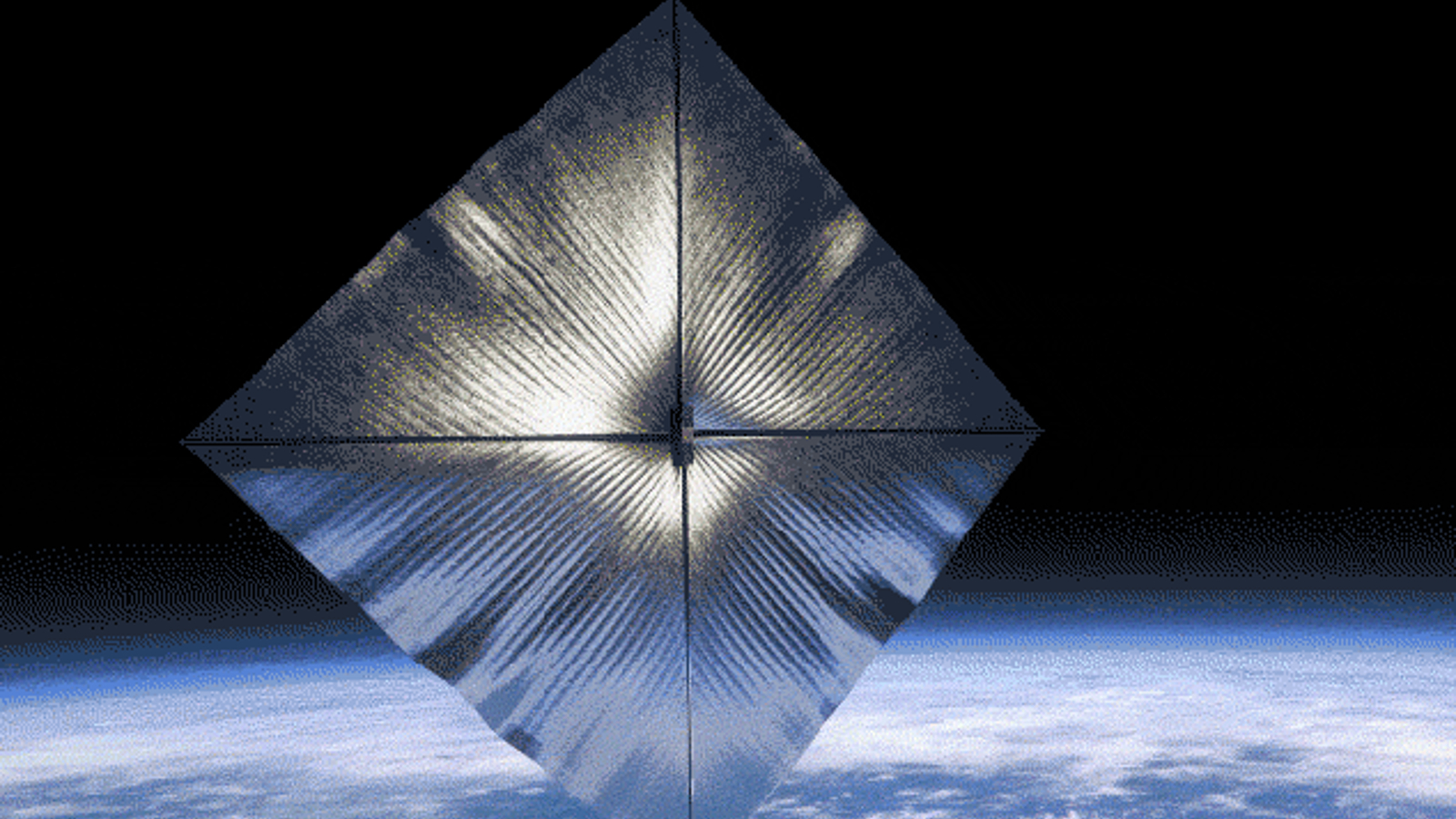
A NASA spacecraft that recently unfurled a state-of-the-art solar sail in Earth orbit is "tumbling or wobbling" through space as it circles our planet, new observations show. NASA representatives told Live Science that the unusual motion was expected but did not explain exactly what is happening.
The Advanced Composite Solar Sail System (ACS3) mission aims to test the efficacy of a new type of solar sail — a device potentially capable of propelling spaceships to faster-than-currently-available speeds using radiation pressure exerted by sunlight. Researchers hope that this type of technology could one day help propel humans to the edge of the solar system and beyond.
The ACS3 spacecraft consists of a roughly 860-square-foot (80 square meters) foil sail that, until recently, was tightly folded up within a microwave oven-size satellite, known as a CubeSat. The sail deploys from the small box using a novel series of folding booms, which are made from a new composite material that is 75% lighter and more resistant to solar radiation than the frames used in previous solar sails deployed by Russia, Japan, NASA and other private companies.
ACS3 was successfully launched into space on April 23 on board a Rocket Labs Electron Rocket that lifted off from the private company's launch pad in New Zealand. The CubeSat was positioned in a low-Earth orbit around 600 miles (965 kilometers) above our planet's surface, where it remained until scientists carried out the necessary preparations for the sail to be deployed.
The ACS3 team first attempted to unfurl the sail on Aug. 26 but abandoned the roughly 25-minute-long procedure after an "onboard power monitor detected higher-than-expected motor currents," Gizmodo previously reported. After addressing the issue, the sail was fully unfurled on Aug. 29, according to a statement from mission scientists at NASA's Ames Research Center in Silicon Valley, California.
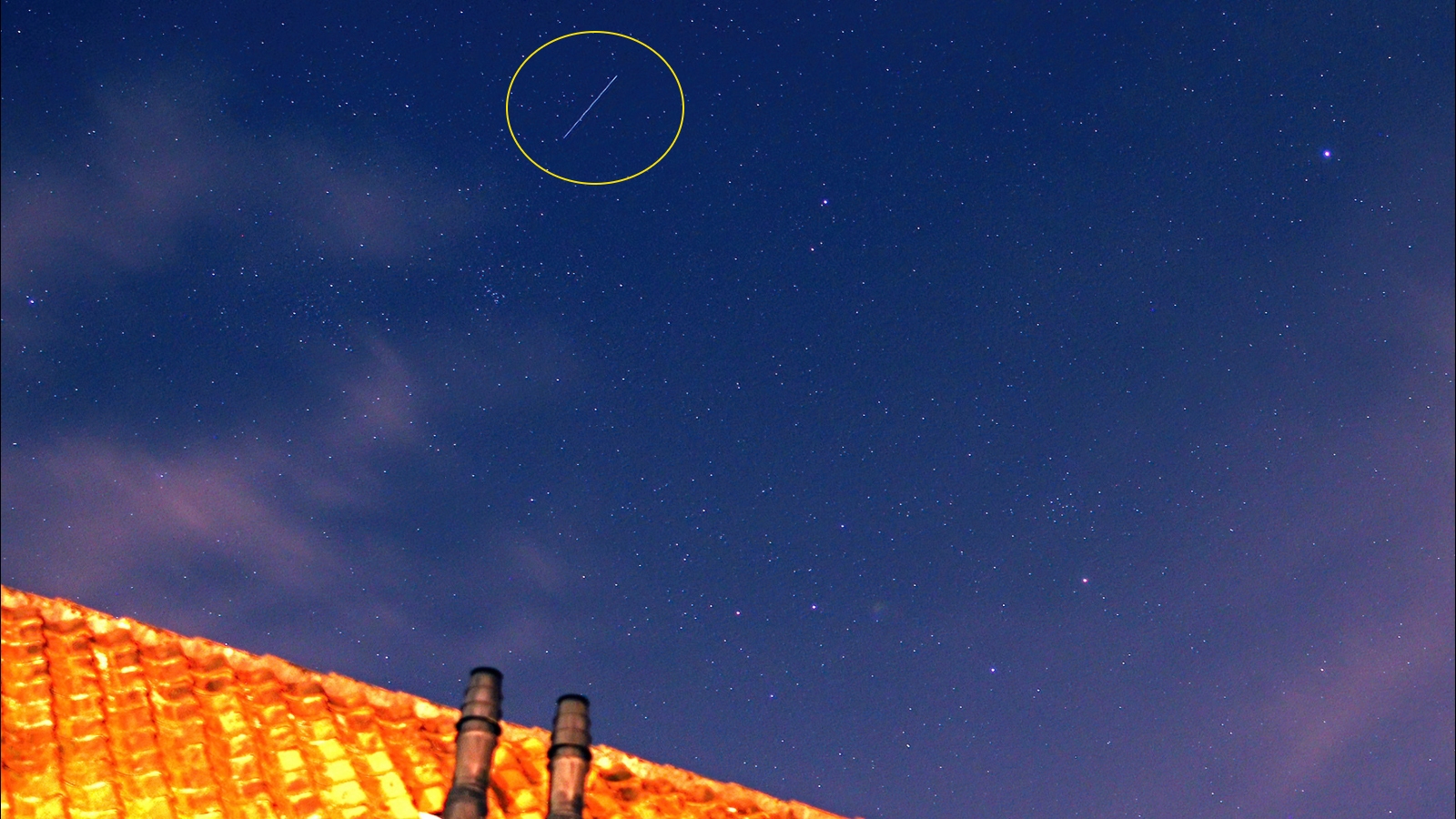
Initial photos of the spacecraft from Earth — including a timelapse image of the sail streaking across the night sky above the Netherlands, taken by multidisciplinary scientist Marco Langbroek — confirmed that the sail had properly deployed. But soon after, observers began to notice something unusual.
Get the world’s most fascinating discoveries delivered straight to your inbox.
On Sunday (Sept. 1), Langbroek, who is currently a lecturer in space situational awareness at the Delft University of Technology in the Netherlands, shared video footage of ACS3 repeatedly dimming and brightening as it passed over a satellite tracking station near Leiden. In an associated blog post, the researcher explained that the object went from being as bright as some of the brightest stars in the sky to being barely visible.
A video of the solar sail dramatically brightening over a 30-second period on Sept. 1 was also posted on X by user "mickeywzk."
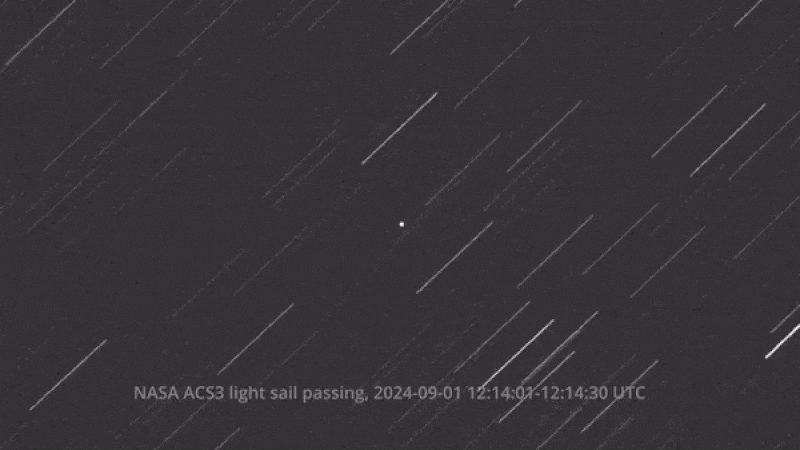
The changes in brightness "indicates [the spacecraft] is now slowly tumbling or wobbling, on a timespan of minutes," Langbroek told Live Science in an email on Monday (Sept. 2). The spacecraft's orbital eccentricity, or path around our planet, has also shifted slightly since Aug. 30, which could potentially be linked to the tumbling motion, he added.
Staff at satellite-tracking company s2a systems also noticed an inconsistency in a light curve of ACS3 captured from a telescope at the company's base in Switzerland on Aug. 29, which showed the spacecraft performing a possible "slow rotation." However, at this early stage, there was not enough evidence to fully support the wobbling hypothesis.
"We cannot directly confirm Dr. Langbroek's observations, but consider his conclusion to be quite plausible," s2a systems managing director Roger Spinner told Live Science in an email on Tuesday (Sept. 3).
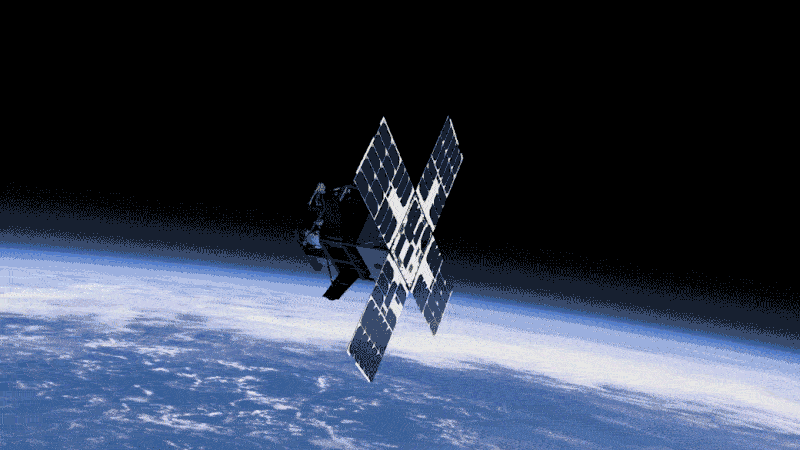
On Wednesday (Sept. 4), NASA representatives confirmed to Live Science that the spacecraft is indeed spinning. "The spacecraft is currently tumbling as part of a planned sail deployment sequence," Jasmine Hopkins, a public affairs specialist for NASA's Space Technology Mission Directorate, told Live Science via email.
NASA representatives didn't reveal any additional information about the tumbling motion or deployment sequence. However, Hopkins did note that the spacecraft's attitude control system (ACS) — a device controlling the orientation of a spacecraft relative to an inertial frame of reference — is currently offline.
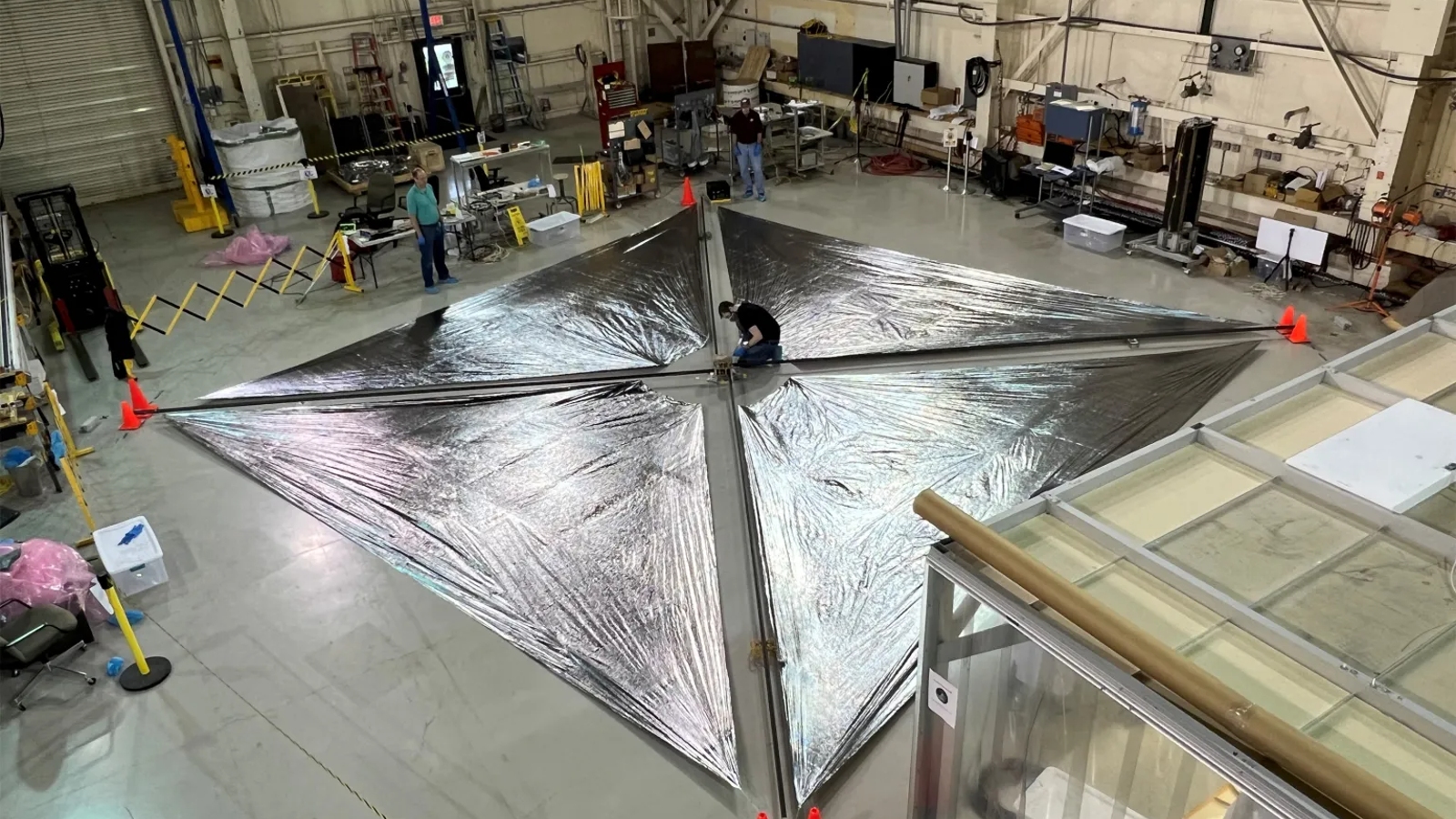

The ACS will be reengaged when the mission team is "satisfied with the tensioning of the sail," Hopkins added. But there was no indication of when this could be.
The solar sail could be visible to the naked eye as it passes across the night sky over the next few weeks — depending on how bright it is at the time.
If you want to try and see it for yourself, you can find a full list of potentially visible passes over the next 10 days on heavens-above.com (click the "all" button to see the list).

Harry is a U.K.-based senior staff writer at Live Science. He studied marine biology at the University of Exeter before training to become a journalist. He covers a wide range of topics including space exploration, planetary science, space weather, climate change, animal behavior and paleontology. His recent work on the solar maximum won "best space submission" at the 2024 Aerospace Media Awards and was shortlisted in the "top scoop" category at the NCTJ Awards for Excellence in 2023. He also writes Live Science's weekly Earth from space series.


